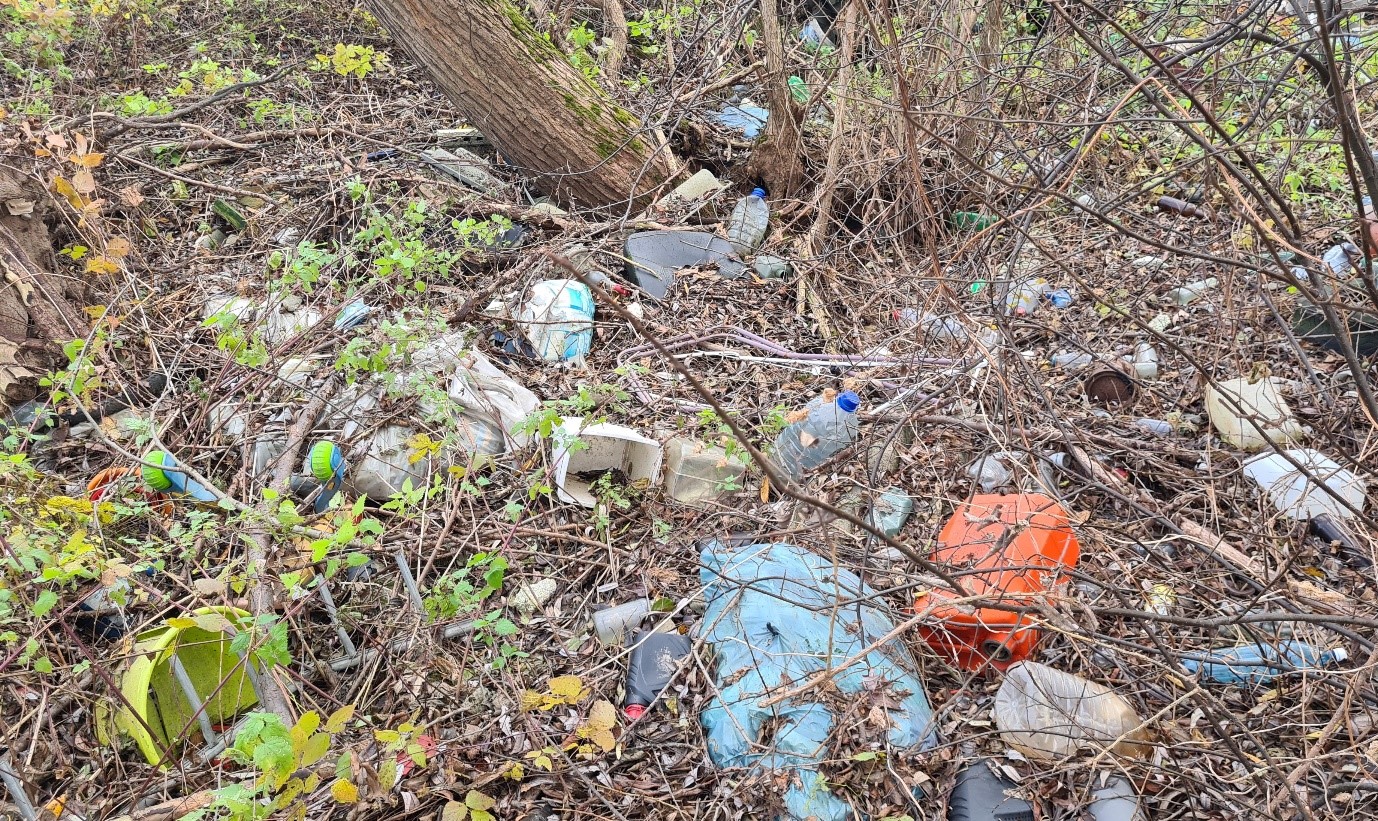Morphology of household waste on the example of Sri Lanka and Poland — case study
DOI:
https://doi.org/10.55225/sti.454Keywords:
plastic, garbage, glass, metals, disposalAbstract
Household waste is a global problem that many countries cannot cope with and deal with difficulty. In many regions of the world, a dynamic increase in the amount of waste generated is observed, which causes significant environmental pollution and excessive use of non-renewable resources. In the case of household waste, important indicators are not only its quantity per person but also its morphology.
This study compares the amount of waste generated and its morphology by a household in Sri Lanka (Colombo) and Poland (Tarnów). The presented data comes from 2022, during a time of economic crisis caused initially by the COVID-19 pandemic and then due to the war between Russia and Ukraine. Currently, Sri Lanka is going through one of the greatest economic crises in its history. Poland is currently experiencing high inflation and reduced demand for many consumer goods due to continuous price increases. These events significantly affect the demand for various types of consumer goods and, paradoxically, this may reduce the amount of waste generated. It is important to identify and implement new strategies to recycle or optimize the usage of waste and develop value added products that would, in turn, have a positive impact on the domestic waste awareness. The results of the conducted research indicate a significant share of biodegradable waste in the stream of generated waste, especially in Sri Lanka. The vast majority of generated waste can be recycled, but sorting is required. Comparing the data obtained from this case study, 71% of food waste is generated in Sri Lanka, whereas 22.1% is generated in Poland. This indicates that Poland produces a significant amount of processed food. Moreover, the recorded plastic waste produced by Polish families is twice that of Sri Lanka. Furthermore, both countries indicate a positive trend to generate more waste in the future despite economic challenges faced locally as well as globally. Therefore, it is vital to understand the amount and morphology of waste as well as to implement more efficient and economical strategies to eliminate negative impacts.
Downloads
References
Waste. In: Domańska W, editor. Environment. Warsaw: Statistical Poland; 2021. p. 150–166 [in Polish]. Available from: https://stat.gov.pl/obszary-tematyczne/srodowisko-energia/srodowisko/ochrona-srodowiska-2021,1,22.html. Google Scholar
Dissanayaka DMSH, Vasanthapriyan S. Forecast Municipal Solid Waste Generation in Sri Lanka. In: 2019 Int Conf Adv Comput ICAC. IEEE; 2019. p. 210–215. https://doi.org/10.1109/ICAC49085.2019.9103421. DOI: https://doi.org/10.1109/ICAC49085.2019.9103421 Google Scholar
Saja AMA, Zimar AMZ, Junaideen SM. Municipal solid waste management practices and challenges in the southeastern coastal cities of Sri Lanka. Sustain. 2021;13(8):4556. https://doi.org/10.3390/su13084556. DOI: https://doi.org/10.3390/su13084556 Google Scholar
Hańderek A, Matuszewska A, Derej W, Biernat K. Frakcja poliolefinowa ze strumienia odpadów komunalnych jako surowiec do produkcji paliw. Nowa Energia. 2022;1(82):8–13 [in Polish]. Google Scholar
Gunawardena SA, Samaranayake R, Dias V, Pranavan S, Mendis A, Perera J. Challenges in implementing best practice DVI guidelines in low resource settings: Lessons learnt from the Meethotamulla garbage dump mass disaster. Forensic Science, Medicine, and Pathology. 2019;15(1):125–30. https://doi.org/10.1007/s12024–018–0033–4. DOI: https://doi.org/10.1007/s12024-018-0033-4 Google Scholar
Jayaweera M, Gunawardana B, Gunawardana M, Karunawardena A, Dias V, Premasiri S,. Management of municipal solid waste open dumps immediately after the collapse: An integrated approach from Meethotamulla open dump, Sri Lanka. Waste Management. 2019;95:227–240. https://doi.org/10.1016/j.wasman.2019.06.019. DOI: https://doi.org/10.1016/j.wasman.2019.06.019 Google Scholar
Knutsson SG, Asplund T, Höst G, Schönborn KJ. Public perceptions of waste management in Sri Lanka: A focus group study. Sustainability. 2021;13,12960. https://doi.org/10.3390/su132312960. DOI: https://doi.org/10.3390/su132312960 Google Scholar
Primus A, Rosik-Dulewska C. Potencjał paliwowy frakcji nadsitowej odpadów komunalnych i jego rola w krajowym modelu gospodarki odpadami. Zeszyty Naukowe Instytutu Gospodarki Surowcami Mineralnymi i Energią Polskiej Akademii Nauk. 2018;105:121–134. https://doi.org/ 10.24425/124382 [in Polish]. Google Scholar
Dharmasiri LM. Waste Management in Sri Lanka: challenges and opportunities. Sri Lanka Journal of Advanced Social Studies. 2019;9(1):72–85. http://doi.org/10.4038/sljass.v9i1.7149. Google Scholar
Garcia-Garcia G, Woolley E, Rahimifard S. A framework for a more efficient approach to food waste management. International Journal of Food Engineering. 2015;1(1):65–72. https://doi.org/10.18178/ijfe.1.1.65–72. DOI: https://doi.org/10.18178/ijfe.1.1.65-72 Google Scholar
Dharmasiri LM. Waste management in Sri Lanka: Challenges and opportunities. Sri Lanka Journal of Advanced Social Studies. 2019;9(1):72. http://doi.org/10.4038/sljass.v9i1.7149. DOI: https://doi.org/10.4038/sljass.v9i1.7149 Google Scholar

Downloads
Published
How to Cite
Issue
Section
License
Copyright (c) 2022 Egodage Chavin Janitha Perera, Marek Chyc

This work is licensed under a Creative Commons Attribution-ShareAlike 4.0 International License.



